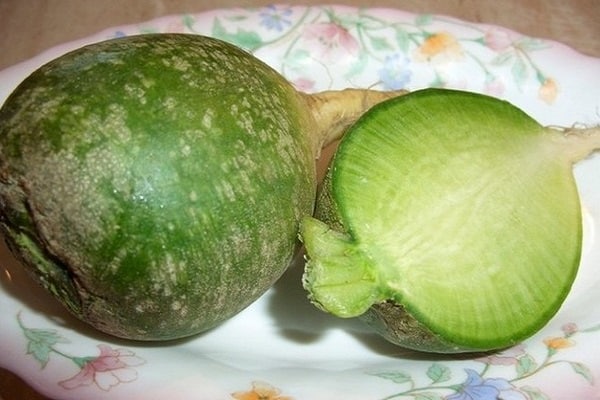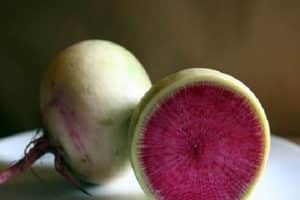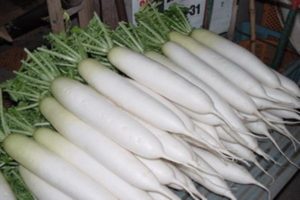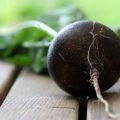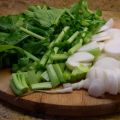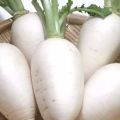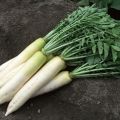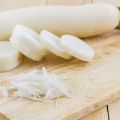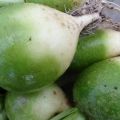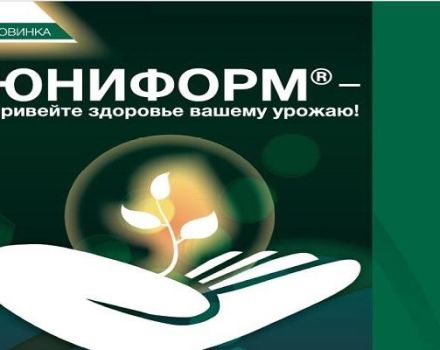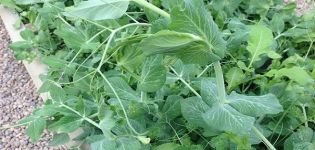Description of the Loba radish variety and cultivation techniques
One of the most common root crops, which is widely used in Russia, is the Loba radish. This is not surprising. Despite the fact that the plant was obtained in China, it grows on all types of soil, regardless of the climatic conditions of the region. At the same time, the root vegetable is endowed with an unusually sweet-spicy taste and piquant aroma. But, unfortunately, not all gardeners know how to grow this plant. We will describe the rules of agricultural technology in this article.
Description of the radish
Radish Loba is an early ripening vegetable crop. The growing season from sowing seeds to harvesting is 50–70 days. It is worth considering: Loba is not a root crop. This name is used for several types of Chinese radish.
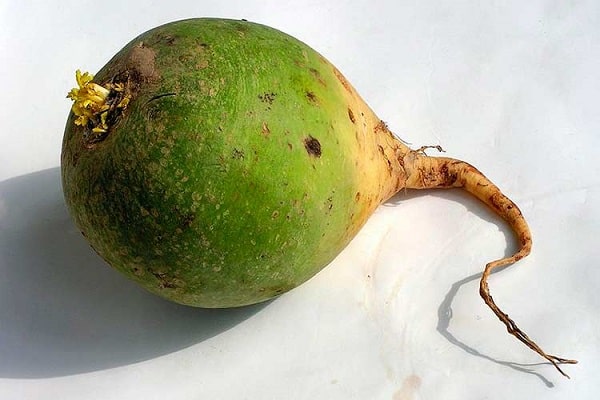
The shape of the Loba fruit depends on the plant variety, they can be:
- round;
- oval;
- cylindrical.
In this case, the skin of root crops can be white, green, purple, red. However, their tip always remains intensely green.
The average weight of one radish varies from 0.500 gr. up to 1 kg. There were cases when this figure reached 2 kg.
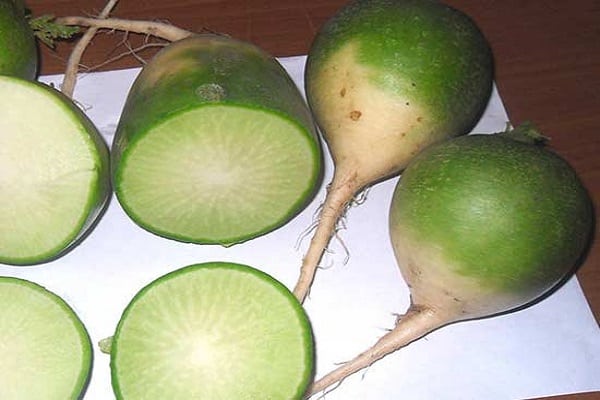
The Loba radish tastes like an ordinary radish. Its pulp with a spicy sweetish-spicy taste is suitable for fresh consumption, for preparing hot dishes, pickling and pickling.
Root value
A distinctive feature of the Loba radish is that in addition to its attractive appearance and unusual taste, it has healing properties. When eaten fresh, root vegetables have the following positive effects:

- The growth of pathogenic microorganisms is reduced.
- Slags and excess water are removed from the body.
- Digestion is improved.
- Stones dissolve in human organs.
- Reduces cholesterol levels.
- Immunity rises.
In addition, the Loba radish does not excite the central nervous system. Therefore, it is suitable for the elderly.
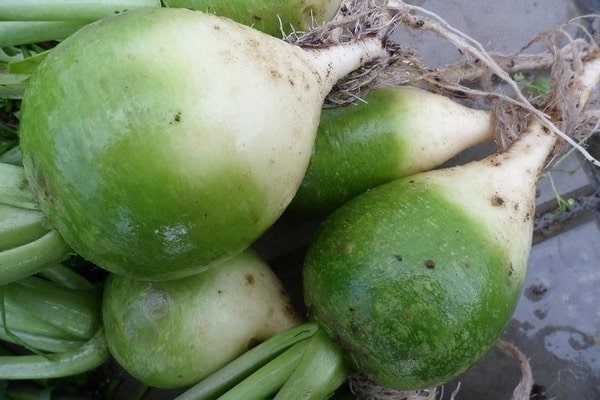
Growing
All varieties of the Chinese Loba radish are unpretentious crops. Root crops can grow and develop in any type of soil, temperature and light. The only thing worth paying attention to when growing radish is the timing of sowing seeds.
Loba is sown in two stages:
- laying of seeds at the end of April;
- sowing radish from mid-June to early July.
The first option is carried out to obtain an early harvest that will be used in the summer and autumn seasons. The second stage involves long-term storage of the radish in the winter. If you do not follow such restrictions on planting dates, the plant will throw out an inflorescence.
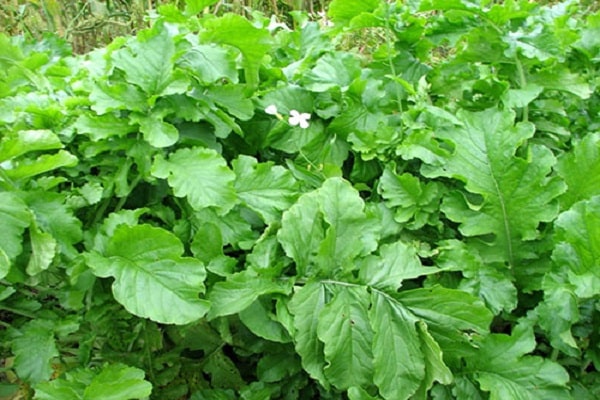
The forehead is a moisture-loving plant, so the place of its cultivation should be with elevated groundwater. At the same time, the best predecessors are:
- cucumbers;
- potatoes;
- garlic;
- legumes;
- dill;
- onion.
The worst performance of Loba was observed when the plant was planted for 2 years in a row at the same place. It is not necessary to sow radish in those places where oilseeds, rapeseed and mustard grew before.

The planting scheme is 45x10 cm, with the seeds buried by 1.5-2 cm. In one hole, 3 to 5 pieces are laid. planting material.
Care features
After planting is done, the Loba radish will need to take time for easy care. If all the conditions of agricultural technology are observed, the likelihood of plant shooting and cracking of fruits will decrease.
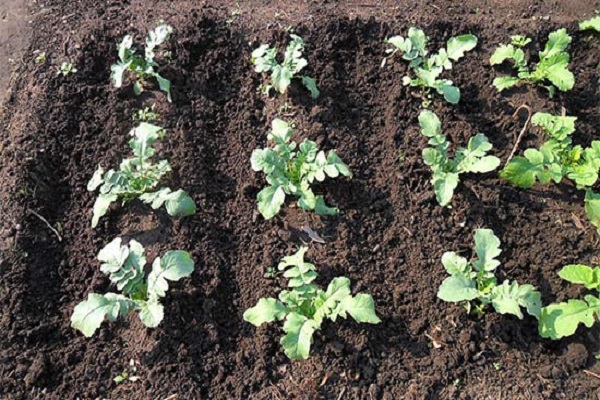
So, consider the requirements for care:
- Thinning. After 2 leaves are formed on the plants, one strong seedling is left in the hole, all the rest are removed.
- Watering. As mentioned above, the Loba radish is a moisture-loving plant. Therefore, in order not to form the bitterness and hardness of the fruit, the soil should be irrigated at least 2 times a week.
- Weeding. In order for the plant to receive the required amount of nutrients, weeds must be removed as they appear.
- Top dressing. For the good development of the radish, it is recommended to apply nitrogen and mineral fertilizers to the soil. The total amount of dressings for the entire growing season should be at least 3 times.
Observing such care of the plant, it will be possible to achieve not only high quality yields, but also to prevent the development of diseases.

Advantages and disadvantages
The Loba root crop, like other vegetable crops, has its advantages and disadvantages. Among the advantages of the plant, gardeners distinguish the following qualities:
- early maturity;
- a small amount of rare oil;
- taste and useful qualities of fruits;
- long-distance transportation;
- long shelf life.

Also, there are good qualities of resistance to diseases.
The disadvantages of vegetable crops include:
- exactingness to frequent watering;
- weak immunity to pests.
The plant has no more significant drawbacks.
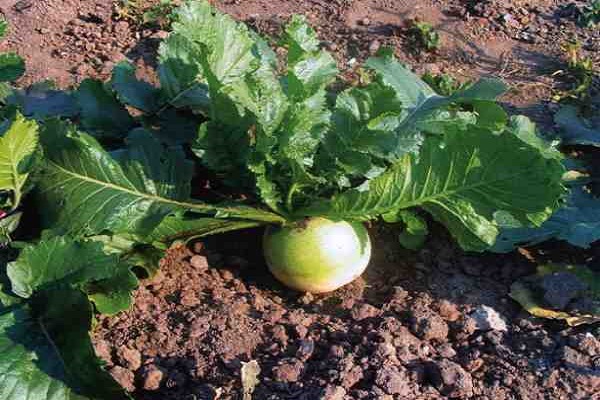
Pests and diseases
If the agricultural technology is carried out correctly, the Loba radish is practically not affected by diseases characteristic of cruciferous plants. But there is still a risk of disease. According to gardeners, the most common diseases that harm radish are:
- fusarium;
- blackleg;
- bacteriosis;
- keel.
Of the pests who like to feast on plants, there are:
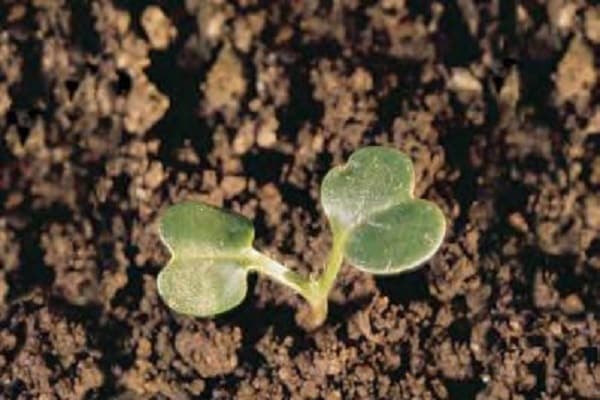
- cabbage whites;
- rapeseed bug;
- cruciferous fleas.
All of these diseases and pests can destroy the crop. To prevent this, it is recommended to disinfect the soil with special preparations before sowing seeds. During the invasion of insects, the plant must be sprayed with tobacco infusion or sprinkled with wood ash. Such manipulations are carried out at least 3 times, with an interval of 5-6 days.

Harvesting and storage
Harvesting Loba, as a rule, is carried out 2 months after seed germination. Early sowing root crops are picked selectively. Plants that are intended for winter storage are dug out all at once. In this case, the harvest should be carried out in dry, clear weather, before the onset of the first frost.
After all the roots have been dug out, their tops are cut off. This manipulation is carried out with a knife or hatchet. In this case, the tops must be removed so that a stalk of 2 cm remains.
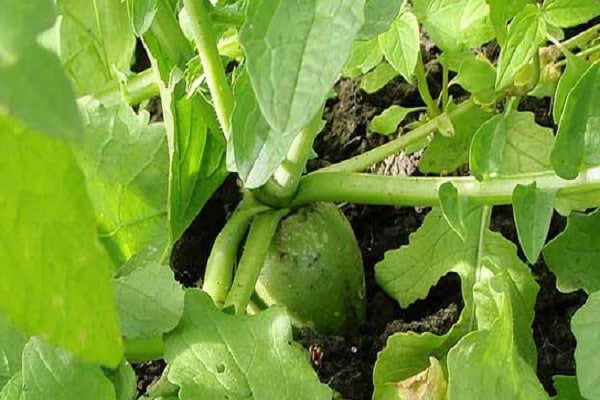
In order for root crops to retain their taste and useful qualities for a long time, it is recommended to store them in a cellar at a temperature of + 2–3 degrees, with an air humidity of 80–90%. The best solution would be to use wooden boxes.
As you can see, agricultural technology for growing Lob is not so difficult. However, it is of great importance for the growth and development of the root crop. Observing the above care, each summer resident will receive an excellent harvest of tasty and healthy fruits of Chinese radish.
